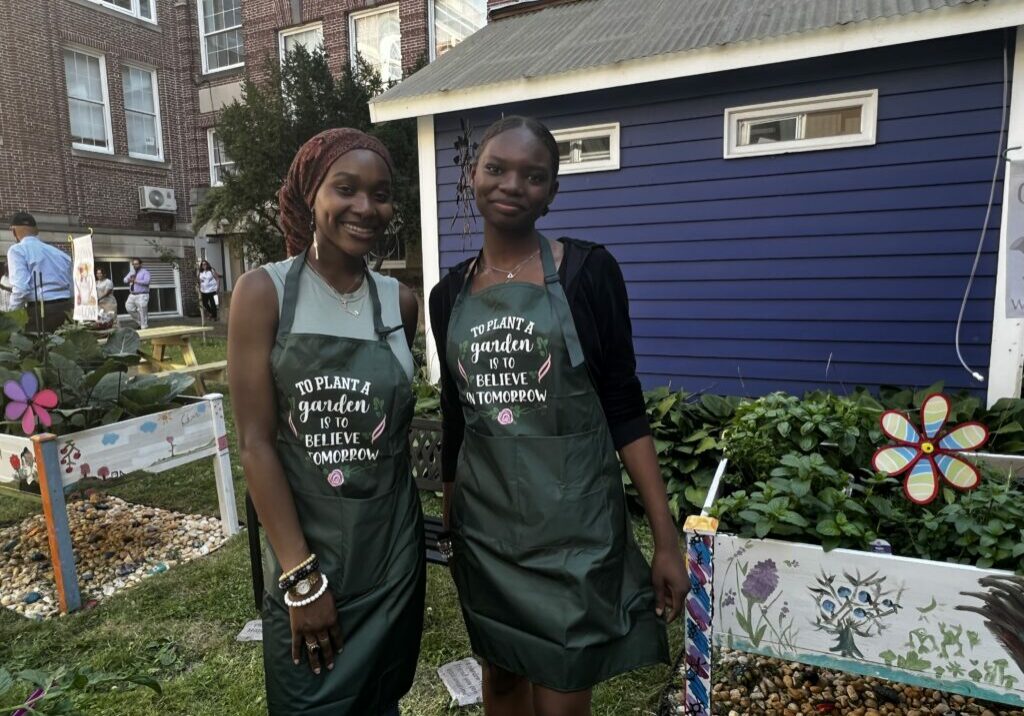As you enter Montclair High School, there is a feeling that something is different in the hallways. That’s what members of the Montclair community and NJEA’s officers, President Sean M. Spiller, Vice President Steve Beatty, and Secretary-Treasurer Petal Robertson, discovered as they attended an open house to tour the features of Restorative Justice (RJ) Montclair.
“As a teacher in Wayne and a resident and mayor here in Montclair, I could not be prouder of the leadership that the Montclair Education Association, the Montclair Board of Education, and our students, teachers, educational support professionals, and administrators have taken in showing what restorative justice looks like in action,” Spiller said.
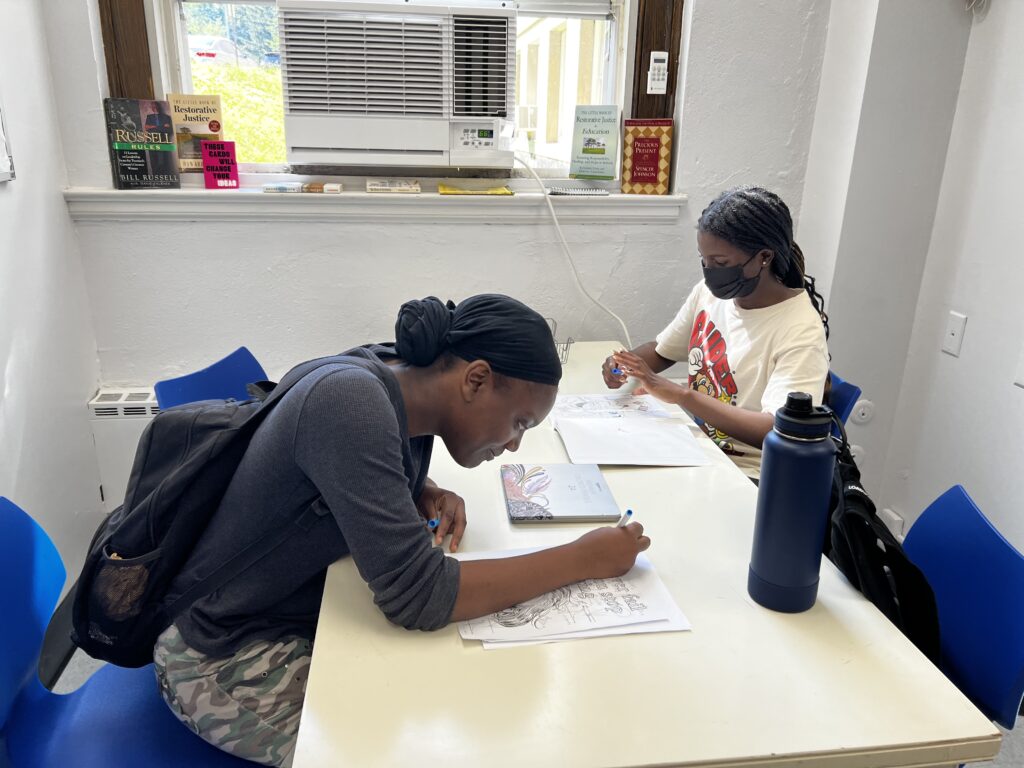
Across from the cafeteria is the drop-in center, the first stop on the tour. It contains a quiet space filled with mindfulness items to help students find an inner peace and quiet their minds. There is always a counselor available for students. Students who continue to struggle after the drop-in can head to the serenity room. This quiet space is between the offices of school counselor Arthur Settembrino and Assistant Principal Reginald Clark. It is a safe space for students to reflect and sit in silence to find their “zen” and calm.
“The counselors are always there for you,” said Armanie Pierre, a senior at Montclair. “They help me through my friendship conflicts. They always check in with me to be sure I am OK. I have visited this place whenever I feel conflicted with my friends, and it helps.”
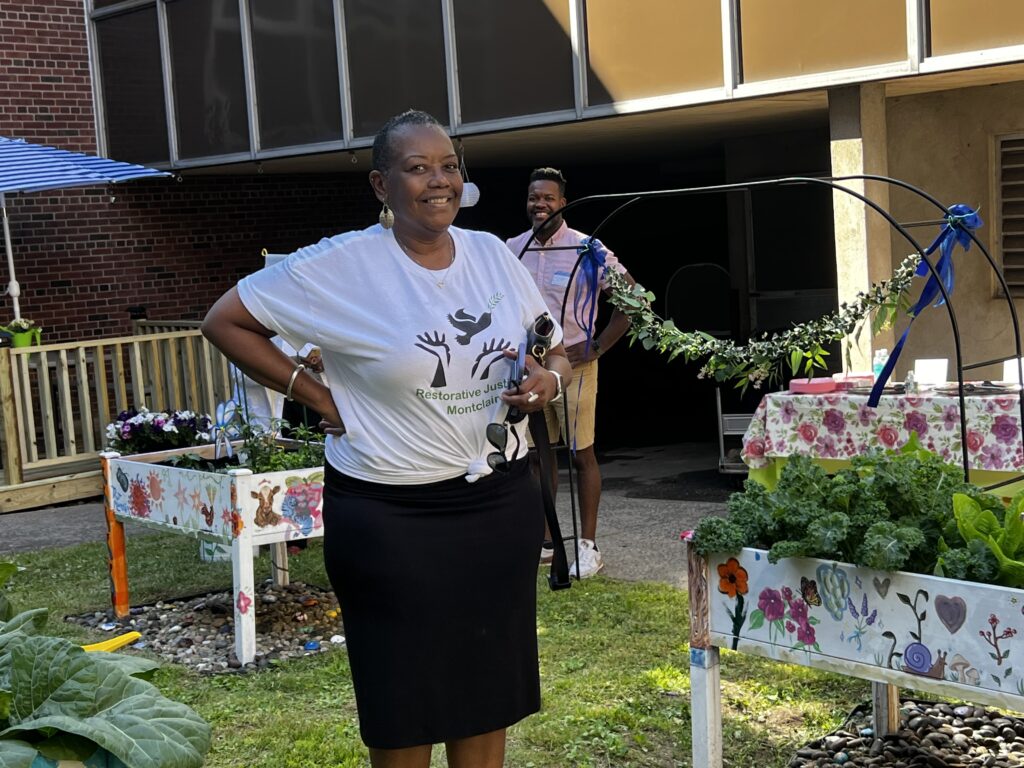
The tour continued into the Circle Meeting Room, adjacent to the library. There are scheduled meeting times here at lunch or during study halls. It is a safe space for staff and students to share thoughts and problems. “It is more than a circle,” as the RJ Montclair motto states.
There is also an RJ mobile library to create a space where students and community members can go to peruse books on various topics. They can also leave books that may be of interest to others. It is periodically updated with restorative justice books so that members of the community can continue to be educated and informed regarding restorative justice practices.
RJ Montclair is a community effort that started in 2018 as an initiative between the Montclair Board of Education and Montclair Education Association. At that time Petal Robertson was the MEA president. Gayl Shepard, also a former MEA president, was then and continues to be the restorative justice liaison at Montclair High School. To make the program a reality, MEA and the board obtained a Community Advocacy & Partnership Engagement Grant from the National Education Association. The whole initiative was a collective effort that included not only teachers and students, but custodians and security officers as well.
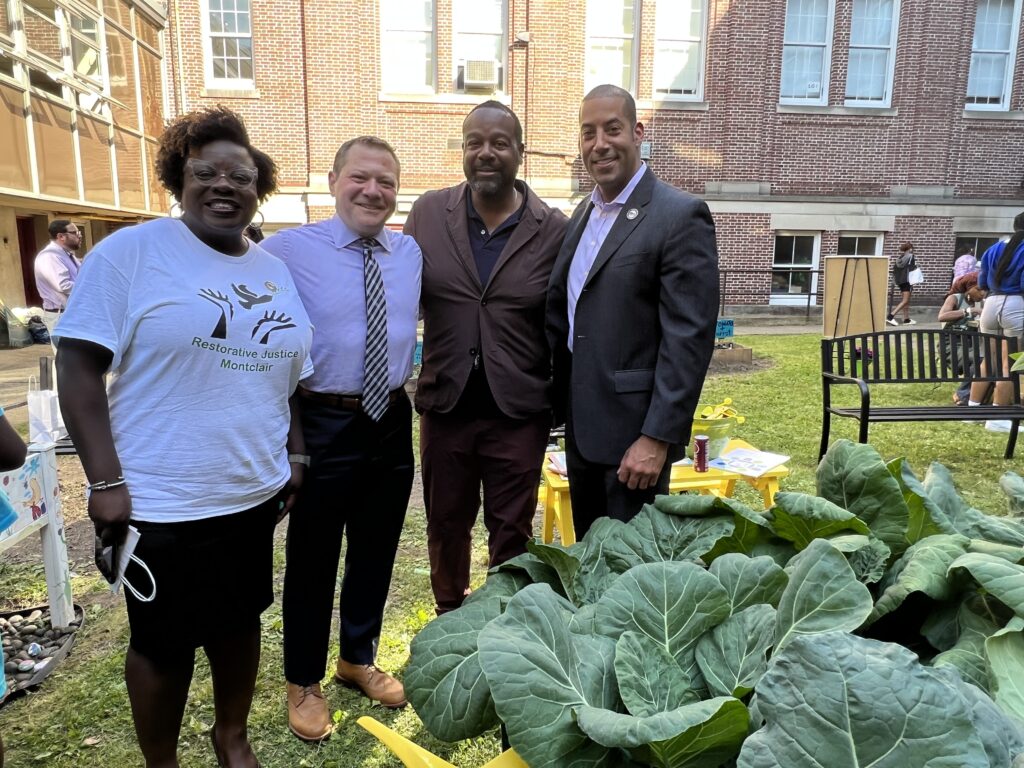
A retiree volunteered her time to help prepare a Farm to Table Garden. Here you can find herbs and vegetables planted in raised boxes painted by Passion, an MHS student. The garden contains a porch built by custodians. The porch features two picnic tables to allow students to eat lunch and enjoy the garden and the beauty of the space.
The Farm to Table Garden, the last stop on the tour, served as the venue for a special program at the open house.
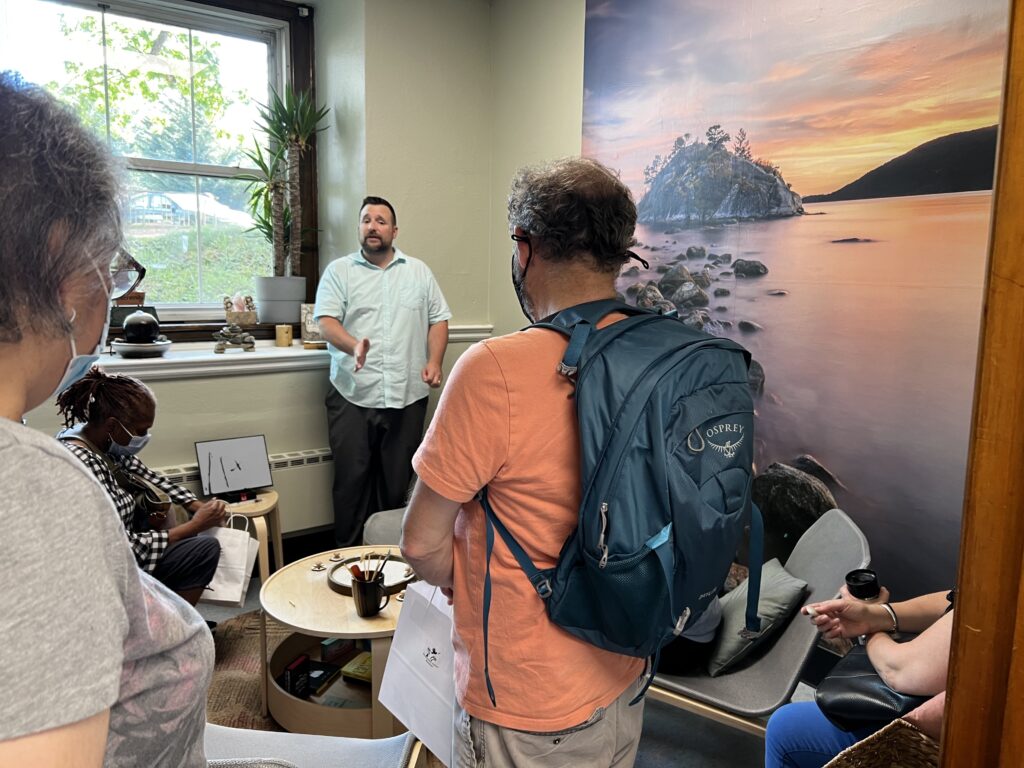
“A principle of restorative justice is community and bringing the community together,” said Principal Jeffrey Freeman. “We have students, staff, parents, nieces from Delaware, sons, members of NJEA, members from the MEA, board members, and the PTA.”
“This was the basic vision we wrote down and now we are living the experience of it,” Shepard said. “It was a labor of love.” The students were here through their lunches doing whatever it took to make it what you see today.”
“When Gayl brought the idea of restorative justice to bring healing to the kids, we had no idea the healing it would bring to the adults and the town,” Robertson concluded. “This is beyond my wildest, wildest, wildest dreams. To be able to say I had a part in this is a blessing to me. On a very public note, on behalf of labor associations from the MEA to the NJEA, thank you for introducing us to the way schools should be.”
This story was submitted by NJEA Communications Consultant Mariann Kronyak.
